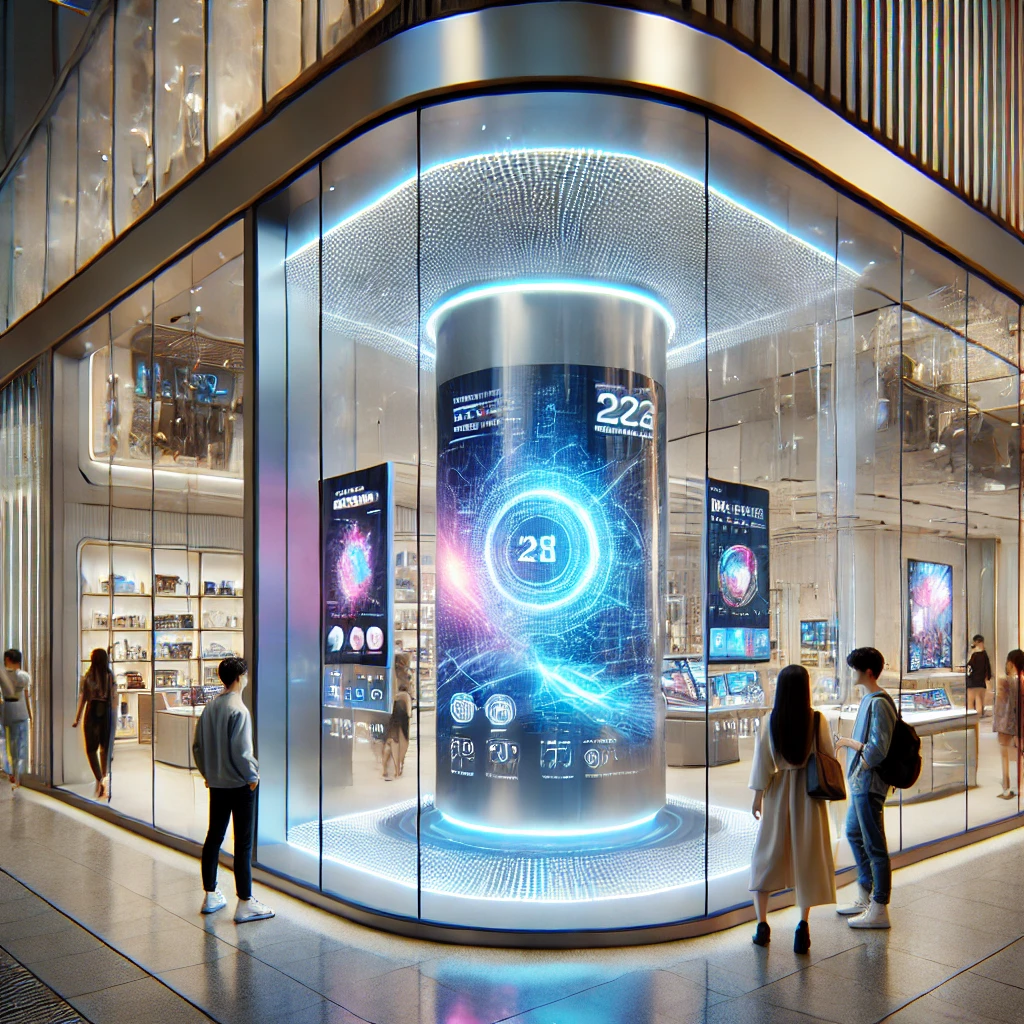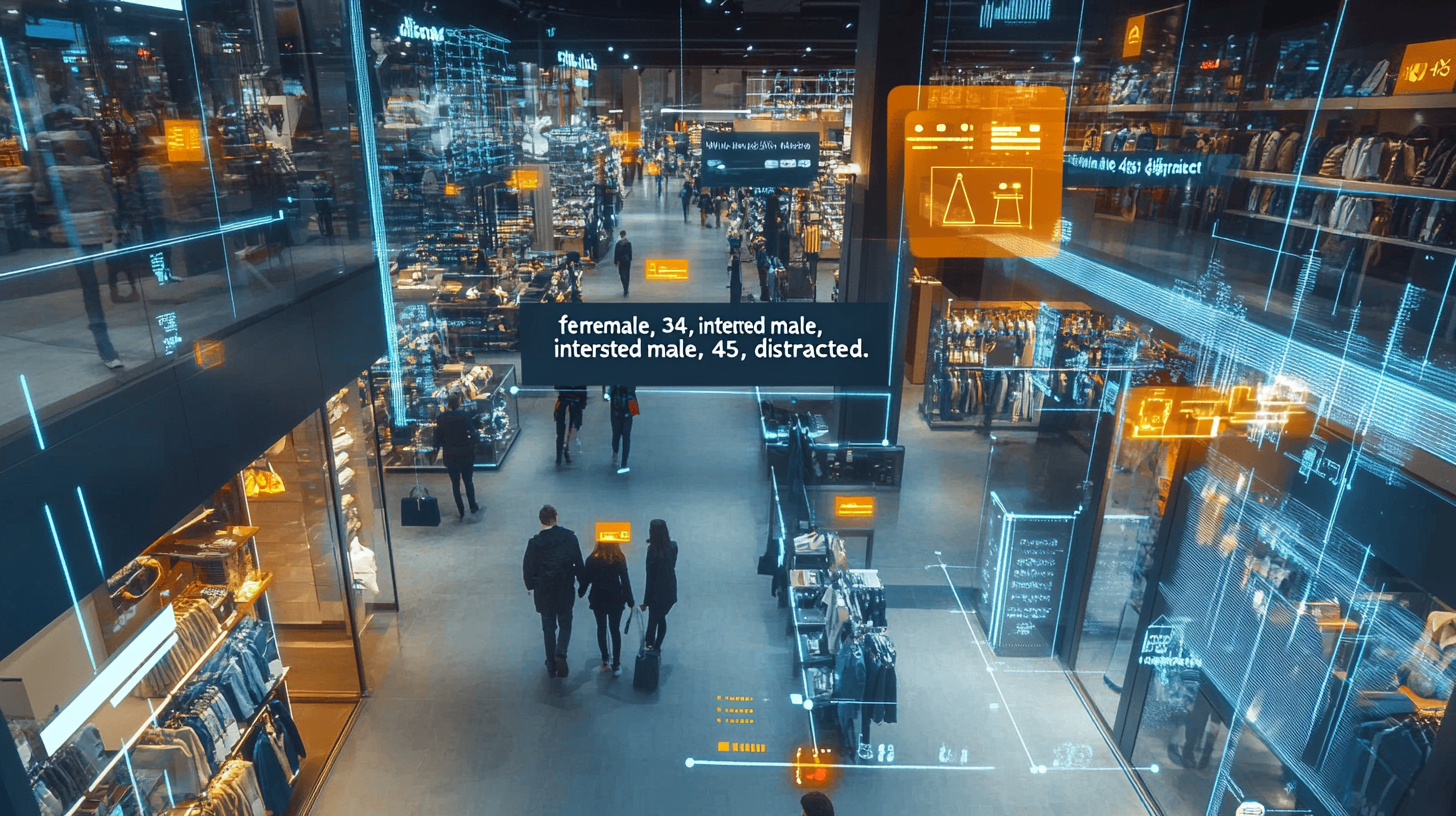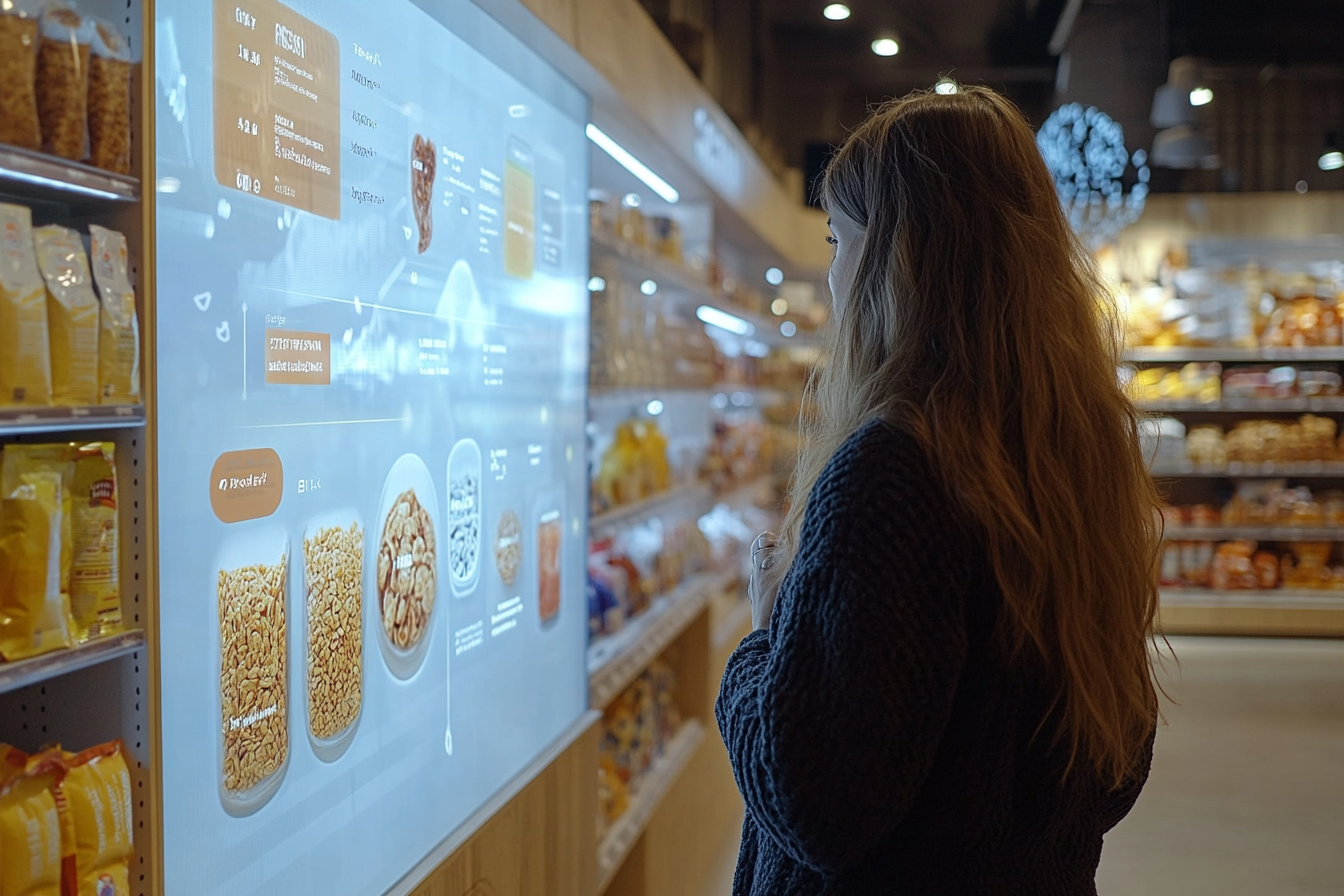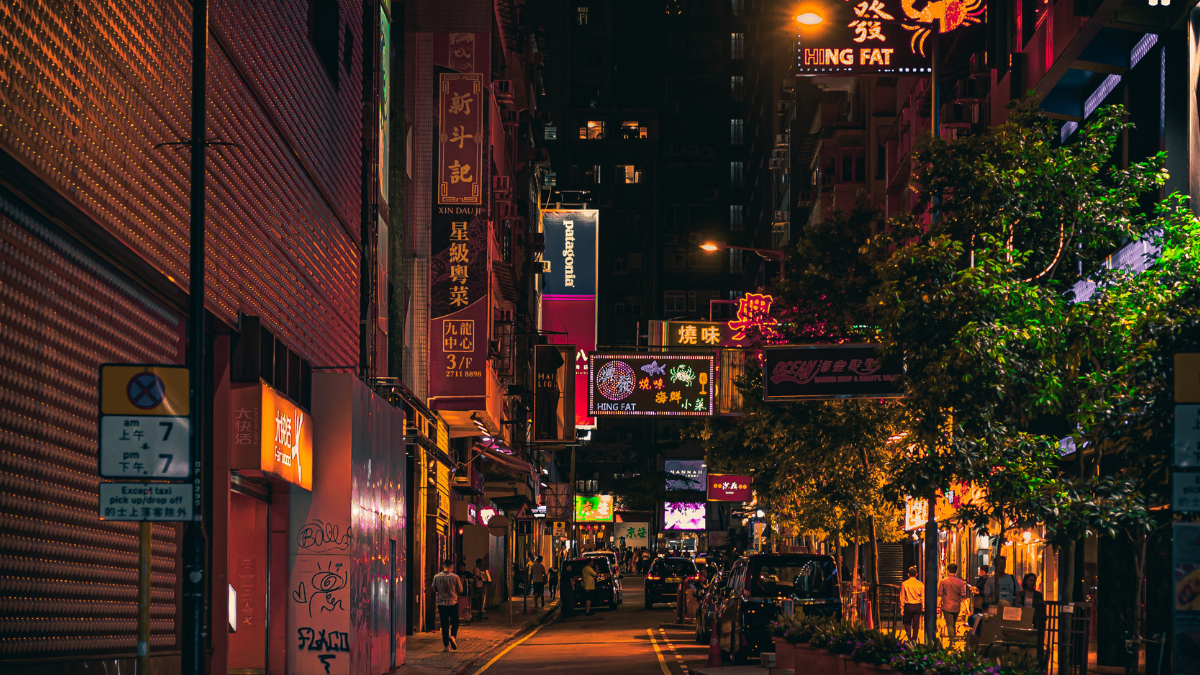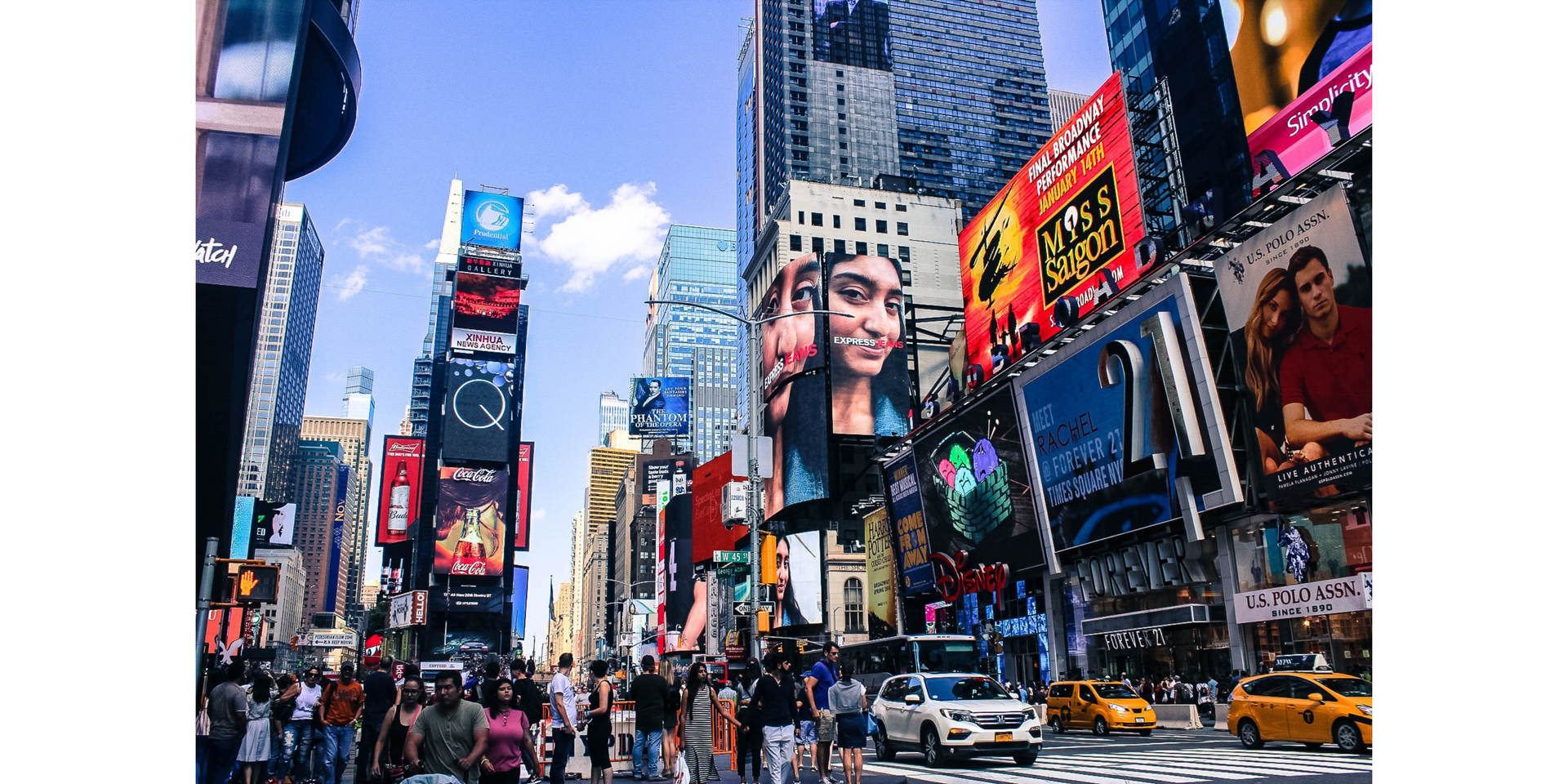Unveiling the Ideal Pixel Pitch for Your LED Screen
Pixel Pitch in LED Displays: The Key to Quality and Efficiency
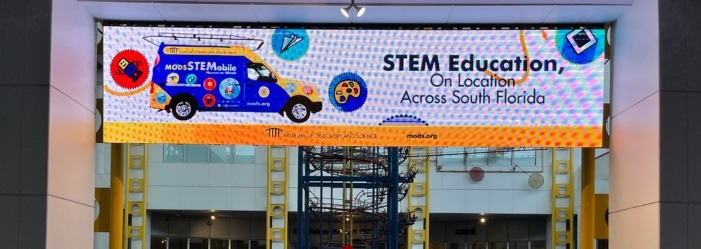
If you're contemplating getting an LED screen for your business, event, or home, chances are you've come across the term "Pixel Pitch." But, do you really understand what it means and how it impacts the quality and performance of your screen? In this article, we'll break down what Pixel Pitch is and why it's absolutely crucial.
Definition and Measurement of Pixel Pitch
Pixel Pitch, or pixel density, refers to the distance in millimeters between each integrated LED chip on a screen panel. The smaller the Pixel Pitch, the closer the pixels, resulting in a higher image definition. Essentially, Pixel Pitch determines the final resolution of the displayed content.
To calculate Pixel Pitch, simply divide the screen size in millimeters by the number of pixels in width and height. For example, if you have a 2-meter by 1-meter screen with 1000 pixels wide and 500 pixels high, the Pixel Pitch will be 2 mm both horizontally and vertically.
The Importance of Pixel Pitch
Pixel Pitch is a crucial metric that influences various aspects, such as:
- Display Quality: A smaller Pixel Pitch translates to higher resolution and image sharpness due to more pixels per unit area. However, quality also depends on content type, source, and viewing distance and angle.
- Screen Size: A smaller Pixel Pitch means less space is needed to achieve a certain resolution. For instance, a Full HD screen with a 2 mm Pixel Pitch requires less space than one with a 4 mm Pixel Pitch for the same quality.
- Viewing Angle: A smaller Pixel Pitch provides a wider viewing angle, reducing distortion or brightness loss from different perspectives.
- Energy Consumption: Smaller Pixel Pitch leads to higher energy consumption due to more diodes and smaller diode size.
- Screen Cost: Screens with a smaller Pixel Pitch are generally more expensive due to increased design and manufacturing complexity, as well as requiring more materials and maintenance.
Choosing the Right Pixel Pitch
Selecting the right Pixel Pitch depends on factors like viewing distance, screen size, content type, and installation environment. There's no one-size-fits-all answer; finding a balance that suits your project's needs and budget is key. Here are some general recommendations:
- Viewing Distance: Calculate the minimum distance at which the screen can be viewed without noticing pixels or the gap between them by multiplying Pixel Pitch by 1000.
- Screen Size: Consider available space and the visual impact you want to achieve.
- Content Type: Evaluate the complexity and nature of the content to be displayed.
- Installation Location: Adjust Pixel Pitch based on environmental conditions and legal requirements.
Examples of LED Screens with Different Pixel Pitches
To illustrate these concepts, here are examples of LED screens with different Pixel Pitches and their typical applications:
- Curved LED Screens: Ideal for immersive environments like cinemas, theaters, museums, or exhibition halls. Pixel Pitch ranges from 1 to 4 mm.
- Flexible LED Screens: Perfect for creating original shapes in places like shop windows, stands, events, or artistic installations. Pixel Pitch ranges from 2 to 6 mm.
- Giant LED Screens: Used for high-visibility information or advertising in places like stadiums, public squares, highways, or airports. Pixel Pitch ranges from 8 to 20 mm.
- Interactive LED Screens: Incorporate sensors or cameras for interactive experiences in places like malls, playgrounds, schools, or museums. Pixel Pitch ranges from 1.5 to 5 mm.
Pixel Pitch is a critical element in LED screens that impacts quality, performance, and cost. Choosing the right Pixel Pitch is vital, considering factors like viewing distance, screen size, content type, and installation location. There's no universal formula, but balancing these variables according to your project's needs is essential.
Benefits of LED Screens for Businesses
1. Visual Attraction: LED screens are highly attention-grabbing, ideal for showcasing products, offers, and advertising messages.
2. Content Flexibility: Display a variety of content, from ads to promotional videos and informational messages, allowing real-time adaptation to your business needs.
3. Brightness and Clarity: Deliver excellent image quality with vibrant colors and high brightness levels, ensuring visibility even in direct sunlight.
4. Interactivity: Some LED screens are touch-sensitive or integrate with interactive systems, enabling customer interaction with your content.
5. Long-term Cost Savings: Despite the initial investment, LED screens are energy-efficient and require less maintenance compared to traditional displays.
6. Rapid Updates: Change and update content instantly and remotely, allowing agile responses to unexpected events or promotions.
7. Differentiation: Using LED screens can set your business apart from the competition, projecting an image of innovation and modernity.
8. Versatility: Suitable for a wide range of applications, from outdoor and indoor signage to event advertising and trade shows.
9. Performance Measurement: Some LED screens allow tracking and analysis of ad and post performance, evaluating the effectiveness of each campaign.
At EyeCatch Networks, we specialize in creating audio and video projects with LED screens, custom-designed to meet specific objectives. From curved LED screens to VideoWalls and Totems. As a One-Stop-Shop, our work ensures quality, durability, and a high impact with every installation.
